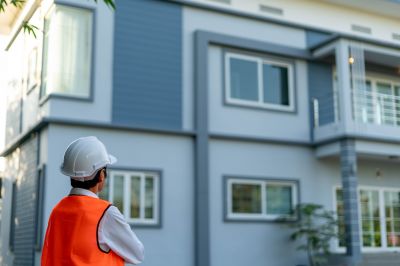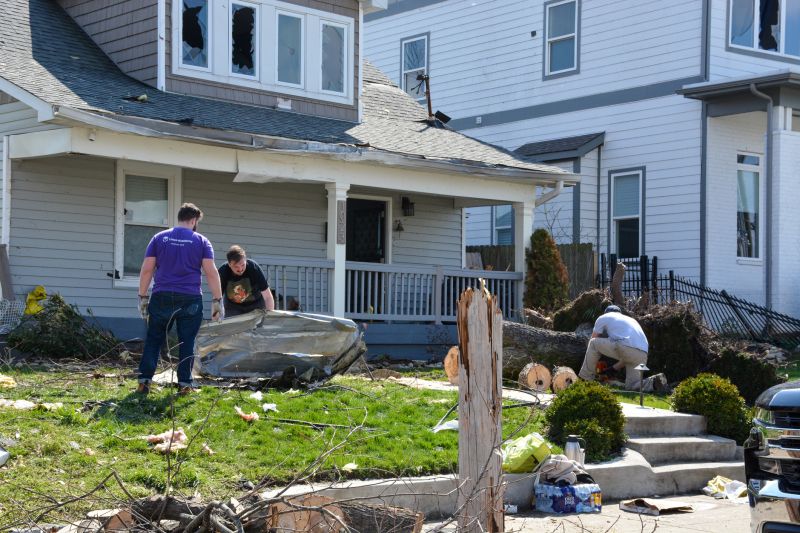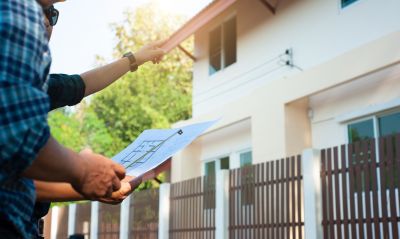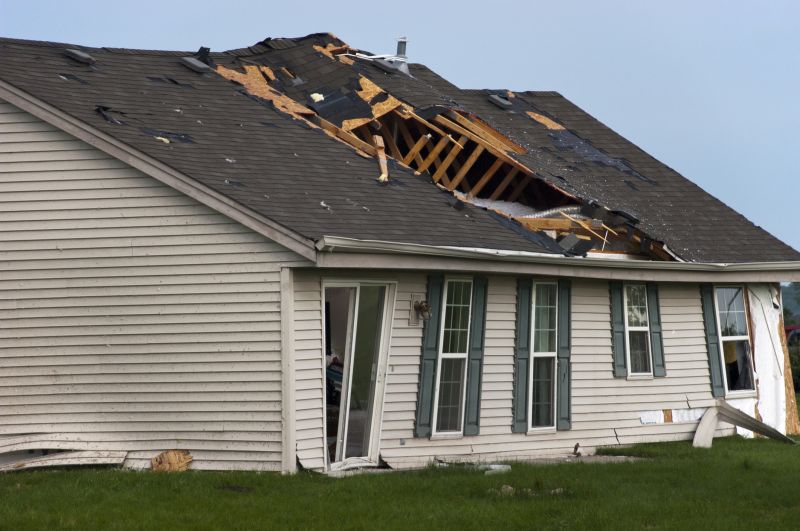Optimal Timing for Structure Inspections
Structure inspections are essential for assessing the integrity and safety of buildings and infrastructure. Conducting inspections at optimal times ensures accurate assessments and helps identify potential issues before they escalate. Timing can influence the effectiveness of inspections and the longevity of the structure.
Inspections are most effective during mild weather conditions, avoiding extreme cold or heat which can obscure issues or cause additional stress on structures.
Following storms, heavy rainfall, or temperature fluctuations, inspections can identify damage caused by weather-related stress.
Regularly scheduled inspections, typically annually or biannually, help monitor structural health over time.
Inspections during construction or renovation ensure ongoing compliance and structural integrity.

Ideal conditions for detailed structural assessments.

Assessing damage after severe weather events.

Scheduled assessments for ongoing safety.

Monitoring progress during building or renovation.
| Timing Aspect | Details |
|---|---|
| Optimal Weather Conditions | Inspections should be scheduled during mild, dry weather to ensure safety and accuracy. |
| Post-Weather Events | Inspect structures after storms, heavy rain, or temperature extremes to identify damage. |
| Regular Schedule | Annual or biannual inspections help track structural health over time. |
| Construction Phases | Inspections during construction or renovation ensure compliance and safety. |
| Pre- and Post-Winter | Check structures before winter for potential issues and after winter to assess cold-weather effects. |
| Post-Disaster | Immediately after natural disasters to evaluate damage and plan repairs. |
| Maintenance Planning | Inspections aligned with maintenance schedules for proactive upkeep. |
Performing structure inspections at appropriate times enhances safety, prevents costly repairs, and extends the lifespan of the structure. Understanding seasonal and environmental factors ensures that inspections are thorough and effective. Regular assessments help detect early signs of deterioration, facilitating timely interventions.

Optimal for detailed evaluation.

Identifies damage caused by weather.

Ensures ongoing safety.

Supports safe building progress.
Interested parties should consider scheduling inspections during these optimal periods to ensure comprehensive evaluations. Regular inspections contribute to maintaining structural safety and integrity over time.



